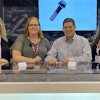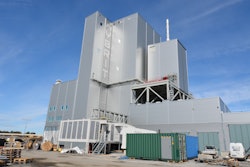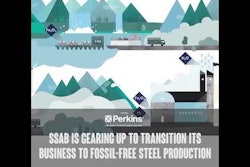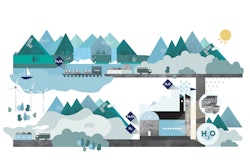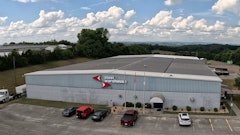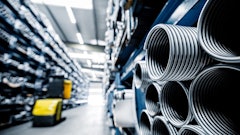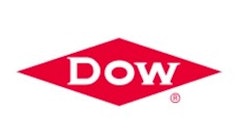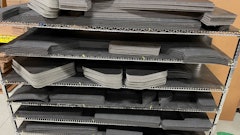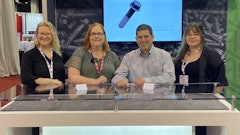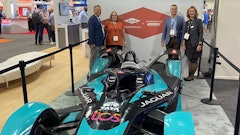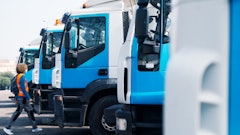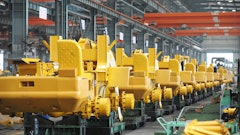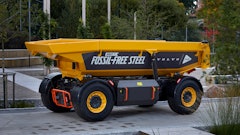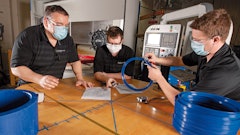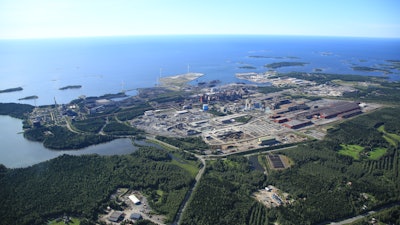
SSAB presents the road towards fossil-free steel together with new strategic targets at its Capital Markets Day 2019 taking place in Oxelösund, Sweden. High-strength steel and premium products will account for 50% of SSAB’s total shipments in 2022. In 2026, SSAB will be the first steel company in the world to offer fossil-free steel.
Read more: Manufacturing a Cleaner Planet
“The coming years will be marked by our long-term investments in fossil-free steel, which will revolutionize the steel industry. It will strengthen SSAB’s long-term competitiveness through new fossil-free premium steels and result in a major leap forward in our environmental performance. Mid-term, we will drive growth in special products while developing our own channels to market. This will support our profitability and reduce sensitivity to fluctuations in the business cycle,” says Martin Lindqvist, SSAB’s President & CEO.
SSAB first announced its plans to begin production of fossil-free steel in 2017. It formed a joint venture with LKAB and Vattenfall called HYBRIT. The aim is to reduce the amount of carbon dioxide emitted during the production of steel.
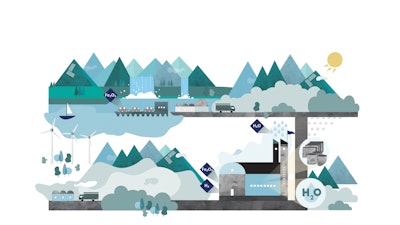 SSAB
SSAB
New company targets
In addition to putting more focus on its fossil-free steel production, SSAB has set new strategic company targets for 2022 which include:
- SSAB Special Steels will ship 1.6 million tonnes of steel (2018: 1.3 million tonnes).
- SSAB Europe will ship 800 thousand tonnes of advanced high-strength steel products (AHSS) to the automotive industry (2018: 562 thousand tonnes) and 900 thousand tonnes of premium steels (2018: 718 thousand tonnes). This means that the share of premium products will reach 46% in 2022 (2018: 36%)
- SSAB Americas aims to increase the share premium products to 39% during 2022 (2018: 29%).
- SSAB Services will increase sales to SEK 4.5 billion through a combination of organic growth and acquisitions (2018: SEK 2.4 billion).
In addition to these strategic targets, Tibnor aims to reach an EBITDA margin of more than 5% and a ROCE of more than 15% in 2022. Ruukki Construction aims to reach an EBITDA margin of more than 10% in 2022.
“We have generated and will continue to generate good cash flow. The balance sheet has been strengthened significantly in recent years. This allows us to continue to invest with consideration in removing bottlenecks in the production of high-strength steel whilst making the transition to fossil-free steelmaking,” says Lindqvist.
Evaluating fossil-free steel production abilities
To achieve its goal of offering fossil-free steel by 2026, SSAB has initiated the Energy4HYBRIT pre-feasibility study. It will investigate the use of fossil-free energy sources, primarily biomaterial side-streams, to replace fossil fuels in certain steelmaking processes, for example rolling processes.
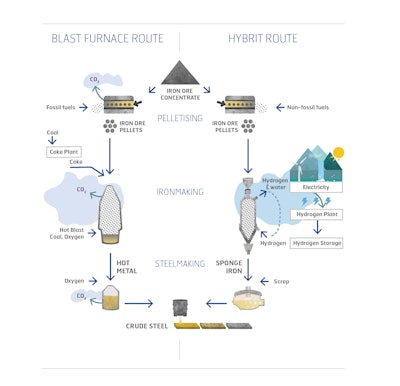 SSAB
SSAB
The HYBRIT initiative aims to replace the coke used in iron ore-based steelmaking with hydrogen. Ironmaking accounts for around 90% of SSAB’s carbon dioxide emissions. The new process would emit water instead of carbon dioxide. Laboratory tests and a pre-feasibility study have shown that the process works and the pilot plant being built in Luleå, Sweden will be completed in 2020. The aim of the initiative is an ambitious one and will potentially reduce Sweden’s carbon dioxide emissions by 10% and Finland’s by 7%.
“The Finnish effort is an important step in our ambition to become fossil-free in all our operations. Together with our partners, we will introduce a completely fossil-free value chain from the mine to the finished steel products. We are aiming to be the first in the world with fossil-free steels to the market already in 2026,” says Lindqvist.
“The joint Energy4HYBRIT project now being launched will focus on the remaining 10% of carbon dioxide emissions originating in numerous other steelmaking processes than ironmaking. One of the main aims in the pre-feasibility study will be to explore the possibility to use fuels other than fossil fuels in these processes. Regarding biofuels, the project will study the possibilities of collecting, transporting and utilizing felling and other biowaste and sidestream products from the Baltic Sea region,” says Harri Leppänen, Director, Environment and Safety at SSAB.
SSAB Raahe will act as SSAB’s pilot works. The University of Oulu and VTT will study and model all the energy flows at the works. The energy companies involved in the pre-feasibility study are looking into the use and availability of alternative energy sources. The study will be finished before June 2020.


